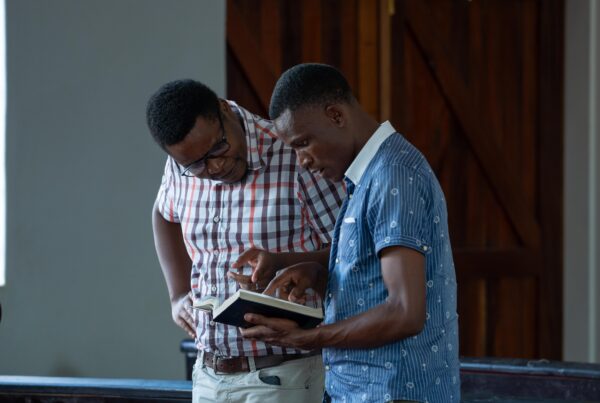In our first post we looked at how innovation in the world of technology evolves forward with an interconnection of ideas. Rather than a magical appearance, technology moved forward within certain contexts which provided the right place for identifying and solving problems. Today we will look at two central aspects of innovation that may at first appear at odds: constraints and freedom.
It may be surprising but some of the modern technology and correlated free-flowing creations were actually driven by some imposed parameters and restrictions. Physicists and engineers are constantly encountering problems that cause them to think outside of the box precisely because they are working within one. What do I mean? Our scientific work does not bend or break the laws of physics. Our work will either conform to or be defeated by them. Reality shapes and constricts our efforts. Innovative thinking comes to bear in trying new ideas as we necessarily stay within the bounds of the created space-time reality. Learning how things actually work and how they work best is essential for our creation and innovation in technology. So the technologist is not some magician pulling a white iPhone out of her hat, but she is learning how things work within the system she has been given. This does not mean she is a traditionalist who only accepts the answers of the past. Yet she must see many past failures and go forward with things that work as she moves towards new solutions to problems in the future. It is not some terrible requirement to have to conform to the laws of Physics; there is no other way to cross technological hurdles. When a technology does not work because we did not understand the nature of reality, we have simply hit a restriction that sends us quite literally back to the drawing board. The restrictions are no enemy. They help us head off in fresh new directions that may prove more fruitful in the end.
Both the restrictions and the freedom are necessary conversation partners that create momentum.
This brings us to a second necessary parameter for innovation to flourish. The technologist must have the freedom to try new things to solve problems. Otherwise we will be stuck in the past’s failures or remain content with the status quo. The technologist simply cannot accept a current technical hurdle as the final defeat but must seek new ways to overcome it. This constant tension between the laws of physics and problem-solving creativity creates the spark of movement that can become a stunning wave of innovation. Both the restrictions and the freedom are necessary conversation partners that create momentum. Failures and success both drive forward the wave.
The same can be said for the work of the church in every generation. First, there must be a firm anchor and reality to which we conform our efforts. This must be the gospel of Jesus Christ as revealed to us by God in history and Scripture. Just as creation itself is no hindrance to technology and science, sound doctrine and theology is no hindrance to missional innovation. We must have rails within which we are faithful, otherwise we won’t build anything that actually “works.” Without the bounds of revealed truth and the historical verities of our faith we can run the mission aground on the rocks of heresy and false teachings. The truth must be the raw materials with which we move forward in mission. Secondly, we must also grasp the freedom necessary to encounter people in every generation with the gospel. We must contextualize the good news of Jesus Christ to a changing world without denying or changing the laws of our theological “physics”. Yet we must have freedom while engaging with our inherited past, to question whether or not certain practices flow from human traditions (Mark 7:13-23) or from the revealed truth of God. This means there is a “faith once for all delivered to the saints” (Jude 1:3), and there are new horizons and new expressions of that faith needed in every generation.
What parallels are there between technological and missional innovation? How should we respond? Our third post moves us in that direction.










